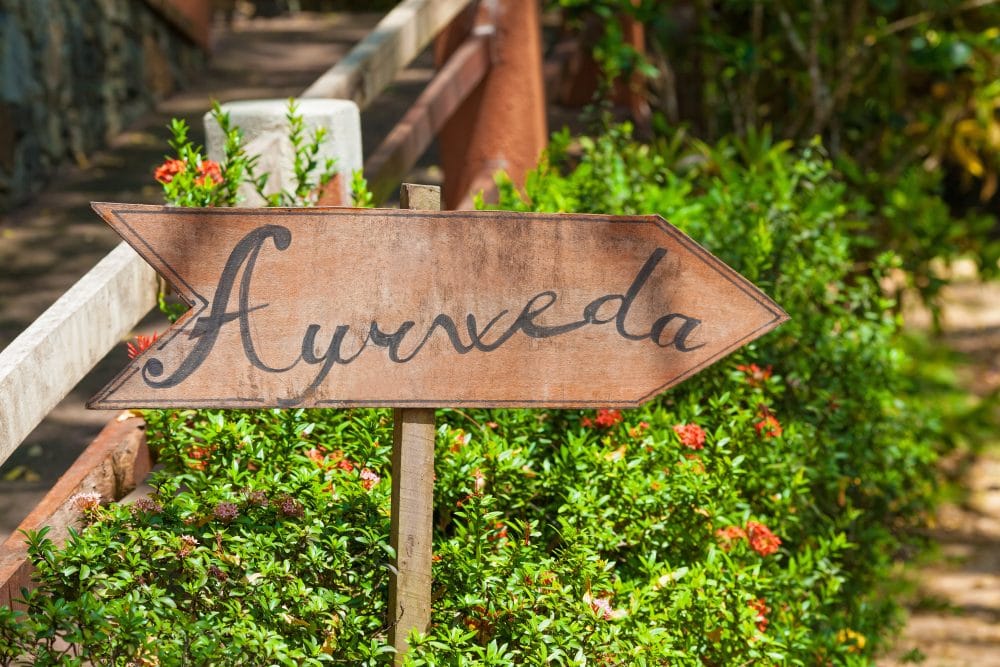 The first group of ayurvedic doctors have joined government-run health centres in Maharashtra to help bridge the doctor-patient gap.
The first group of ayurvedic doctors have joined government-run health centres in Maharashtra to help bridge the doctor-patient gap.
1,000 such providers have joined 508 health and wellness centres (HWCs) across the state as mid-level health providers, after clearing a so-called ‘bridge course’. This refers to a six-month training course, which would allow doctors practising alternative and traditional forms of medicine to practise allopathic medicine. The HWCs administer treatment for twelve health issues, including chronic diseases, maternal healthcare, and reproductive health services. Each HWC is attached to a primary health centre.
The Union Health Ministry proposed the controversial bridge course measure last year to address India’s poor doctor-patient ratio. Shortages of medical professionals has been a talking point in this year’s polls, with both the BJP and Congress proposing measures in their respective manifestos to train more medicos.
The idea of allowing ayurveda, yoga, naturopathy, unani, siddha, and homoeopathy (AYUSH) practitioners to practise allopathic medicine featured in the Centre’s proposed National Medical Commission Bill. It was met with derision from doctors. Former Indian Medical Association (IMA) President Dr K. K. Aggarwal said the move would serve to promote quackery and lead to “half-baked” doctors, potentially endangering the lives of patients.
Even AYUSH practitioners expressed misgivings. The Central Council of Homoeopathy (CCH) wrote to the Parliament, asserting “the basic principles of treatment of homoeopathy are exactly opposite to that of so-called modern medicine.” They added that “at an international level, this bill is going to be a matter of ridicule.”
In the aftermath, the Union Cabinet approved the bill but with the omission of the bridge course as a mandatory national provision. Instead, this would be left to state governments. It was subsequently reported that Maharashtra would still pursue the bridge course. The move attracted criticism from the IMA. President of the Association’s Mumbai chapter, Dr Sudhil Patil, critiqued “No one can become a doctor by merely getting trained for six months. This will jeopardise the patient’s safety.”
Maharashtra enrolled 1,200 AYUSH practitioners after adopting the bridge course, to be trained at government medical colleges. Already provisions existed in the state for homoeopaths and other AYUSH practitioners to be trained in allopathic medicine, with the bridge course implemented at present likely to drive up numbers.
Despite earlier criticisms expressed by the CCH, AYUSH practitioners have largely welcomed the move, as have some public health activists. However, the majority of allopathic doctors remain opposed – and concerns about such courses are understandable. Basic training can be provided in matters such as first aid and prescribing some medicines. However, the bridge course could not provide extensive enough training to deal with complex medical conditions – a significant shortcoming highlighting the limitations of what, ultimately, is a short-term measure that will do little to alleviate shortages of doctors in the long run.


Y don’t government train a dogs..To make the tigers….Tigers also less in number in India
Because tiger kills people as u induce, drug induced CKD, but dogs try to save them. Simple.
DOGS SAVE OUR HOME.BUT TIGER SAVES THE FOREST ONLY NOT HOUSE
I was surfing the course for Ayurveda, But the the full information was not available anywhere. When I see your post, I was totally relaxed. Your post shows all the information about the courses related with ayurveda. I want to thank you for your good post. So keep posting.